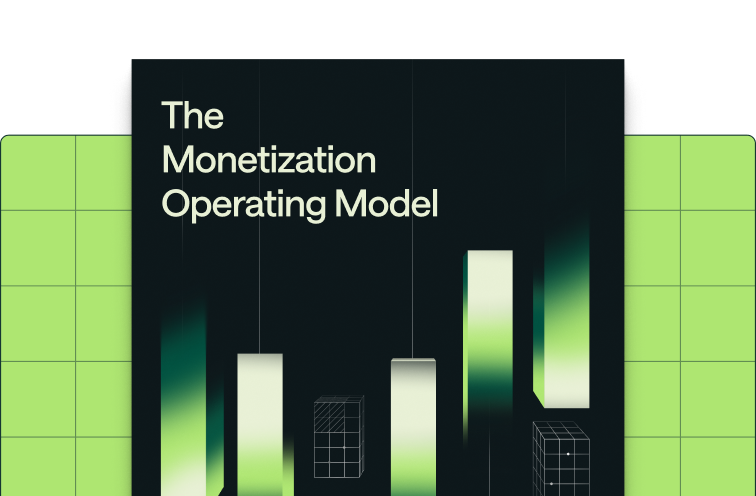Share
How leading companies build systems for visibility, predictability, and control
By now, we’ve made the case:
Pricing isn’t just a business decision. It’s a product system. One that affects revenue, customer experience, and your ability to scale.
But if pricing is a system, what does that actually look like in practice?
At Metronome, we’ve worked with leading companies across SaaS, AI, and infrastructure to help them operationalize pricing from experimentation to billing and revenue recognition. What’s clear: the winners treat monetization as an integrated stack, not a series of disconnected tools and teams.
Why you need an operating model for monetization
Most companies stumble not because their pricing is wrong but because their monetization model isn’t operationalized. It’s fragmented across teams and stitched together by process debt.
Symptoms:
- Sales quotes one price. Billing charges another.
- Finance can’t recognize revenue until quarter-end.
- Engineers are pulled in to make packaging changes.
- PLG and SLG teams operate on different models.
- Pricing changes break reporting, forecasting, or customer trust (or all three . . .).
Sound familiar?
The Modern Monetization Operating Model
To move fast without breaking customer trust, you need a model that spans people, process, and tooling. At its core, this includes:
1. Define
Translate product value into pricing logic across use cases, tiers, and metrics.
Who’s involved: Product, Finance, Strategy
2. Instrument
Measure usage across systems in real time.
Who’s involved: Engineering, Data, Platform
3. Package
Create plans, bundles, discounts, and enterprise customizations.
Who’s involved: Product, Sales Ops, RevOps
4. Bill
Generate invoices, usage summaries, and customer-facing transparency.
Who’s involved: Finance, GTM Ops, Support
5. Recognize
Apply real-time revenue recognition across usage and contract commitments.
Who’s involved: Accounting, Finance
6. Forecast + Iterate
Analyze, model, and refine pricing to optimize for growth and margin.
Who’s involved: FP&A, GTM, Execs
You need a system that connects it all
Most billing vendors focus on one piece of the stack. They may offer usage-based billing—but they don’t handle packaging complexity, dynamic contracts, RevRec, or PLG/SLG alignment. And when something breaks, your team is left stitching together dashboards, rules, and exceptions by hand.
At Metronome, we built the platform to power end-to-end monetization—from rate card to revenue recognition—with real-time accuracy, auditability, and automation across the stack.
Pricing isn’t a spreadsheet. It’s an operating model.
The companies that win aren’t simply experimenting with pricing—they’re instrumenting and operationalizing it as a core capability.
We’ll show you how to put this into practice in the next part of the series.
About this series
“Pricing Is a Product” is a series exploring how modern teams are rethinking monetization. From real-world missteps to system design principles, we’ll break down how to build pricing models that are visible, predictable, and built for scale.
Part 1: Pricing Is a Product: Why It’s a Top Priority
Part 2: What Happens When Pricing Breaks the Product (and the Customer Experience)
Part 3: AI Agents Changed the Game. Pricing Hasn’t Caught Up.
Part 4: Pricing Experiments Shouldn’t Break Finance
Part 5: The Monetization Operating Model
Up next → Part 6: The Infrastructure for Value Monetization
→ Check out our new whitepaper expanding on this framework: The Monetization Operating Model











